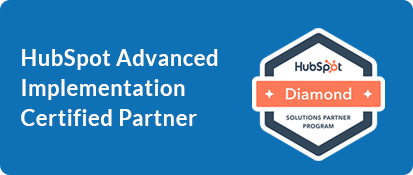Our Blogs
Today, organizations, irrespective of their size and business domain, prefer to use robust CRM (Customer Relationship Management) software to manage customer relationships and their business processes. However, they are also using several other apps, which can help them reap several benefits that can help them attain their business goals quickly and efficiently when integrated with their CRM. As leaders in the CRM space, Salesforce integration holds significance.

Today, several organizations across the globe are leveraging this CRM to ease business operations and provide better service to their customers. Salesforce integration allows easy management and execution of these activities through third-party apps. Several such business beneficial apps are available on the Salesforce AppExchange platform. Users can easily download and configure these applications to streamline their business operations. Salesforce integration services helps CRM users or employees switch between Salesforce and other apps to access all functionalities of the third-party app.
Listed below are some of the benefits of Salesforce integration:
- Easy Access to Data: Through the integration of apps, it’s easy to access the data of other apps. With access to meaningful data, actionable insights can be derived, which in turn can allow you to make better business decisions.
- Enhanced Productivity: Since data processing can be done in several ways, it can be used by different systems that are related. Compared to the manual compilation of data, automated data processing can significantly reduce errors, allowing you to get error-free results.
- Meaningful Insights: Managers are empowered to make informed and intelligent business decisions as they access managed and meaningful reports.
- Automated Workflow: Businesses can quickly achieve their goals through point and click automation of workflow as apps and integrated systems function collaboratively.
Things to Consider Before Salesforce Integration:
Frequency of Data Transfer between Systems: Once the data that needs to be transferred is extracted, it’s essential to know the time required for data movement between systems to understand the frequency and speed of synchronization and the direction of data movement.
Identify the Integration Type: In the case of a real-time system, the information is updated as soon as a record is created. However, batch integration might not occur on an immediate basis but occurs at a particular time. So, for any integration project, knowing the type and frequency of the same is essential.
Integration Fields: Finally, identify the fields that need to be integrated and mapped with other fields. Schema or structure may be required to understand the relationship between two fields or objects.
Quick Wrap-up:
Every business has to follow multiple steps to ensure successful integration. The Salesforce owed AppExchange platform offers several Apps that provide successful integration. Through well-planned and tactical processes, organizations can enjoy several benefits. Keeping at bay the aspects that can lead to unsuccessful integration makes it possible to reap multiple business benefits. It is essential to connect with a reliable Salesforce consulting partner to ensure successful Salesforce integration.

 +1-480-382-1320
+1-480-382-1320 +61-1300-332-888
+61-1300-332-888 +91 9811400594
+91 9811400594






